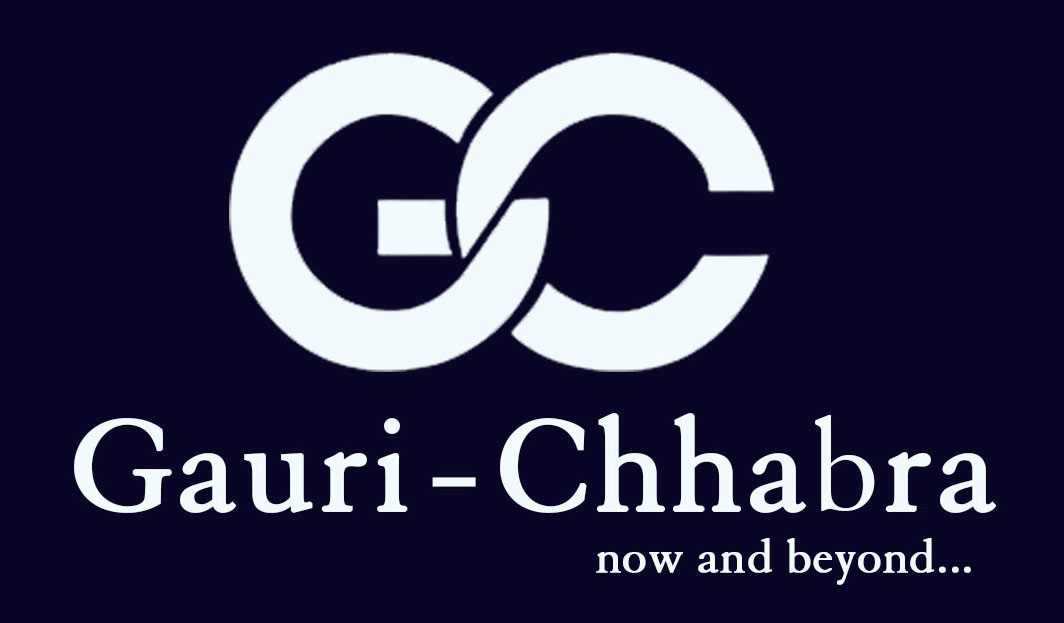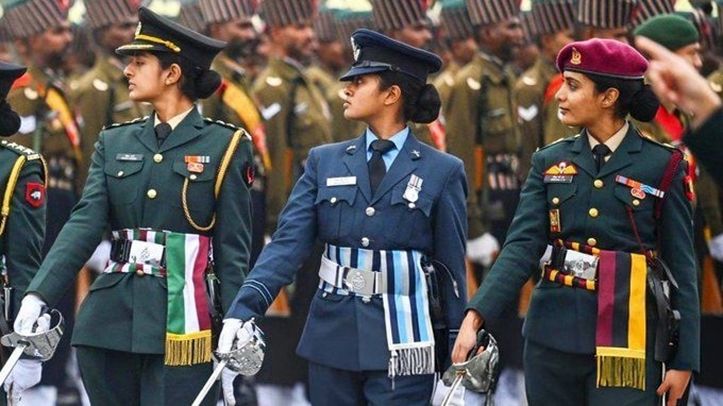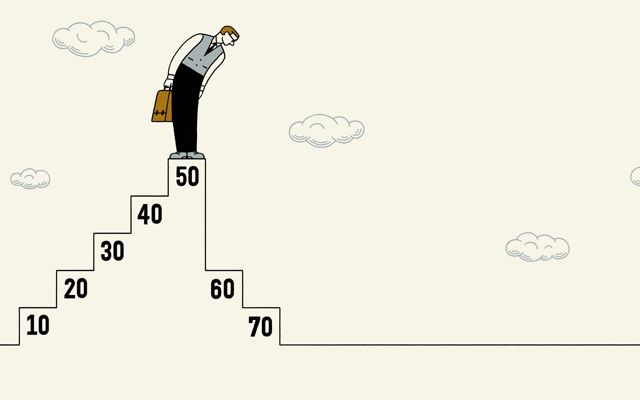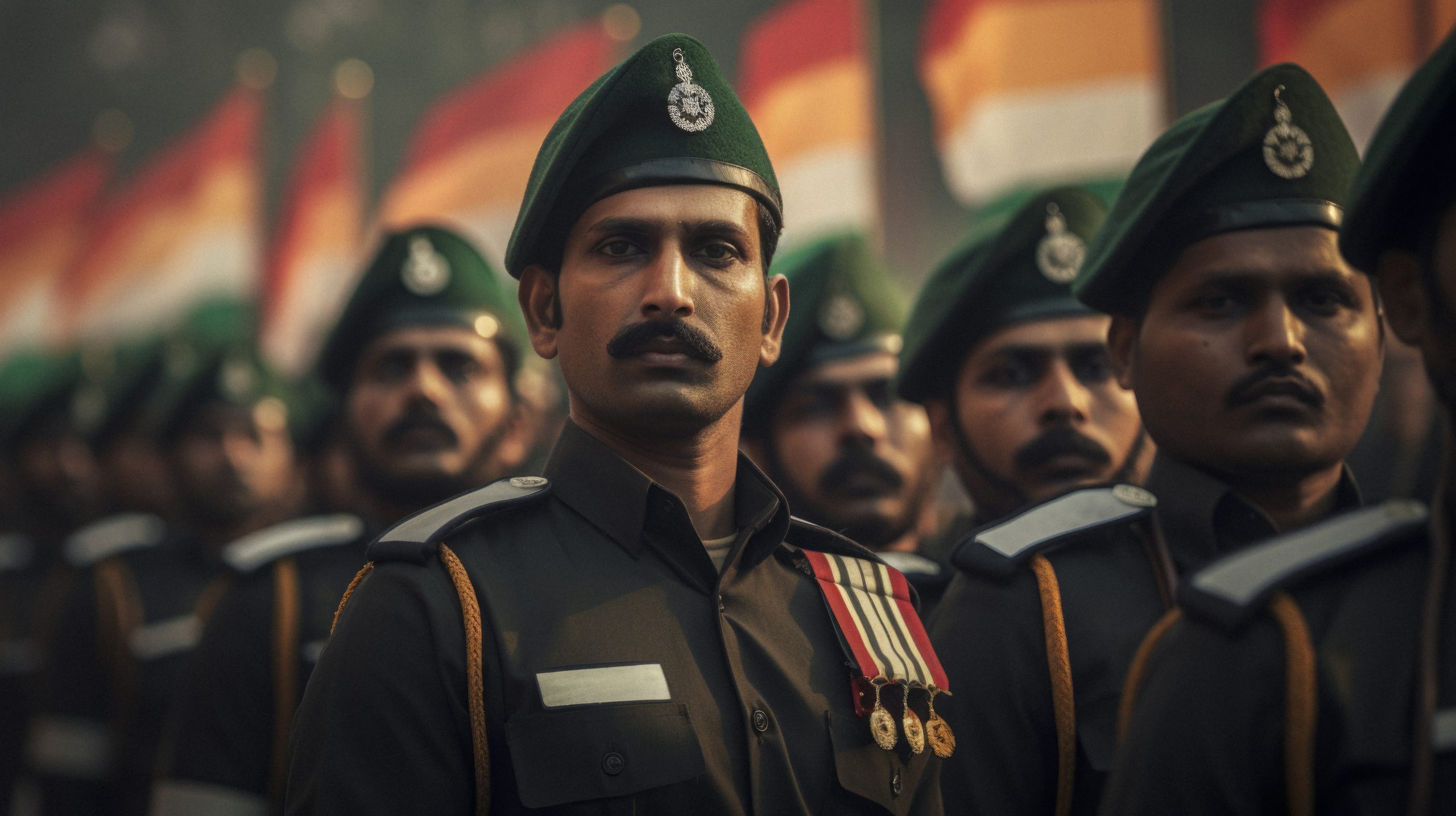The Indian Institute of Management has earned a sobriquet of ‘Quality and Excellence” owing to its immersive Management Education and cutting edge, hands-on exposure to the industry, so much so that getting education from these premier institutions has become a coveted career dream. These 20 institutes that came into being in three generations have carved a niche for themselves not only in Management programs but also beyond.
The Indian Institute of Management (IIM) offers Post Graduate Programme in Management (PGP) as the flagship program across all its 20 institutes, the duration of which is 2 years. The Post Graduate Programme offered by the IIMs is equivalent to regular MBA degree programs. Along with the PGP, the IIMs offer Executive Post Graduate Programme (EPGP), Fellow Programme in Management (FPM) and various other part-time and certificate courses.
Let us take a look at some of them that strike a tangent with the Management courses but also go beyond:
Post Graduate Programme In Food And Agri-business Management (PGP-FABM) – IIM, Ahmedabad
The 2-year full-time course was previously known as PGP- ABM program. In the first year, of course, students of PGP (Flagship) and FABM study a common syllabus – students of FABM study a few extra subjects. In the second year of the program, FABM focuses more on agro-based subjects. The objective of the Post-graduate Programme in Food and Agri-business Management is to transform young men and women into competent professional managers for the agriculture, food, agri-business, rural and allied sectors. The program caters to the needs of enterprises serving these sectors, both domestic and international. The program will build sensitivity to domestic and international market needs and span the entire agricultural value chain. The program specifically attempts to: Equip the participants with the requisite knowledge, skills, and attitudes for managerial decision making and implementation in the unique context of agribusiness. Encourage entrepreneurial capabilities in participants to make them effective change agents in agri-business. Develop participants’ capabilities to become leaders and nurture in them a commitment for integrity, ethics and social purpose.
Master of Business Administration (Business Analytics)- IIM Bangalore
The Post Graduate Programme in Business Analytics is a 24-month full-time program designed to give you the tools and techniques to become an expert in this evolving, high-demand field. It is structured to enable you to define business and social challenges, use analytical tools and techniques to identify patterns, gain insights, develop business strategies and make sound management decisions. It provides you with an overview of management disciplines and an in-depth understanding of data science.
PGP in Enterprise Management (PGPEM)-IIM Bangalore
This program is offered by IIM Bangalore and is a 22-month weekend residential program. The programme can be pursued by mid-level and senior executives having at least four years of work experience after Graduation.
Post Graduate Diploma in Business Analytics ( PGDBA) – IIM, Calcutta
The Post Graduate Diploma in Business Analytics (PGDBA) – jointly offered by IIM Calcutta, IIT Kharagpur, and ISI Kolkata – aims to help shape the emerging profession of business analytics by delivering a cutting edge interdisciplinary educational experience to graduate applicants with an aspiration of building a career in this field. PGDBA is a two-year full-time residential diploma program aimed at creating business analytics professionals employable by leading Indian and foreign firms. This program is designed for those who have an analytical mindset, are interested in tackling challenging business problems, and possess an inclination towards mathematics. Some of the salient features of the programme include courses taught by reputed faculty members at the campuses of three globally renowned institutes, hands-on business analytics training at a related company, continuous interaction with industry leaders throughout the course of the diploma programme, and the availability of placement opportunities at all the three institutes jointly offering this programme.
Executive PGP for Visionary Leadership in Manufacturing(PGPEX-VLM)- IIM, Calcutta
The program introduces courses on Green Manufacturing, SAP ERP, and Breakthrough Management along with ISO 9001 Lead Auditor Training. The course includes 36 weeks of classroom study, which includes lectures, case studies, tutorials, lab sessions, videos, individual and team assignments, guest lectures from Japanese faculty. The diploma will be jointly awarded by IIMC, IITK, and IITM. Students have to undergo 7 weeks of internship in the industry along with 2–3 weeks of industry visit in Japan under the aegis of Japan International Cooperation Agency (JICA).
Post Graduate Program in Sustainable Management (PGP-SM) – IIM, Lucknow
Post Graduate Programme in Sustainable Management (PGPSM) is a two-year full time, the residential program being conducted by IIM Lucknow at its Noida campus. The programme helps students develop an ethos of environment and social responsibility of businesses and equip them with holistic thinking and skills. The well-designed curriculum focuses on developing the capability to recognize the inter-connectedness of the economic performance of the business with social and environmental systems. Students would also be able to produce policy-relevant results.
Post Graduate Program in Agribusiness Management (PGP-ABM) – IIM, Lucknow
The two-year Post-Graduate Program in Agribusiness Management is a full -time residential course designed to developing agribusiness leaders, entrepreneurs, and intrapreneurs with vision, competence and appropriate attitude for promoting/ growing agribusiness and agro-based enterprises with a strong international orientation. The program is spread across 6 semester which includes an international immersion program.
Online Programs – IIM, Kashipur
The online certificate programs give flexibility to students and professionals who want to learn something at their own convenience. Any certifications(whether online or offline) is worth it if you make the best out of it. It helps you implement the knowledge and expertise in your career domain by scaling up your career growth.
The online certifications are in :
- Executive Certified Program in Digital Marketing
- Executive Certified Program in Marketing Analytics and Customer Valuation
- Executive Certified Program in Entrepreneurship
- Strategic Management Course
Executive Post Graduate Diploma in Sports Management(EPGDSM)- IIM Rohtak
IIM Rohtak has started a specialized program in “Sports Management” for experienced professionals, sports graduates, and sports enthusiasts. This program is for industrious participants interested in working in the sports, entertainment and related industries. On successful completion of the academic requirements of the two-year program, the students will be awarded “Executive Post Graduate Diploma in Sports Management”.The Programme consists of 6 terms spread over a period of 2 years. This will include a total of 560 interactive sessions with a mix of Offline Sessions, Online Sessions, Project Work, and Industrial Visits.
Executives Post Graduate Program – Managing Business in India and China- IIM Shillong
The students will be exposed to double Industrial Internships in China and in India for 8 weeks each. After successful completion, students will receive Executive PG Diploma from IIM, Shillong, India, and Certificate of Participation from OUC, Qingdao, China. It also includes international immersion, during which participants will spend around 4 months at Ocean University.
Summer School at IIM, Udaipur
The Summer School for Future Leaders in Development is a six-week course organized by the Center for Development Management at IIM Udaipur and the Stanford School of Public Policy at Duke University, USA. The Summer School brings together students from Duke, students from prominent Indian universities and early career staff members from Indian non-governmental organizations (NGOs). It is aimed at future development leaders seeking careers in the academic field, in practical areas of development and in related sectors dealing with contemporary socio-political challenges.
Summing up:
Therefore, if you wish to make your dream come true by walking out with coveted education programs from these premier institutions there are many options apart from the flagship PGP that you are familiar with. You can chisel your professional skills and increase your chances of getting the job you want. And, If you’re already working, you will be able to return to the office with new insights and strategies that you can implement immediately.











